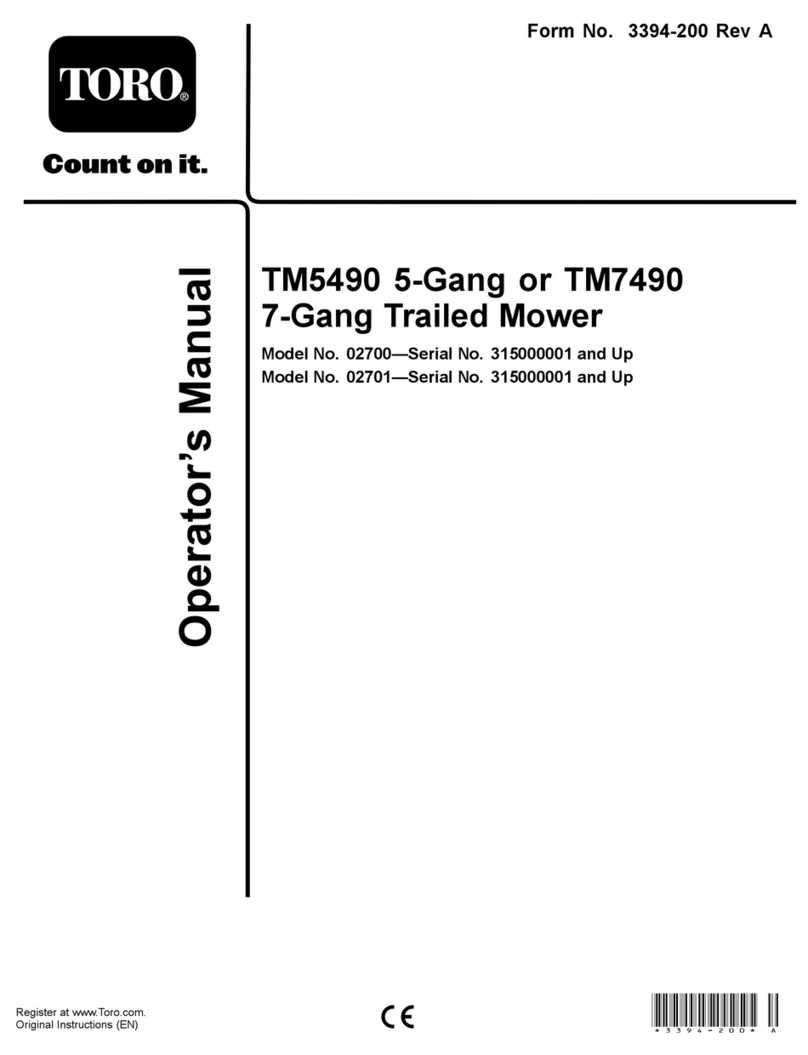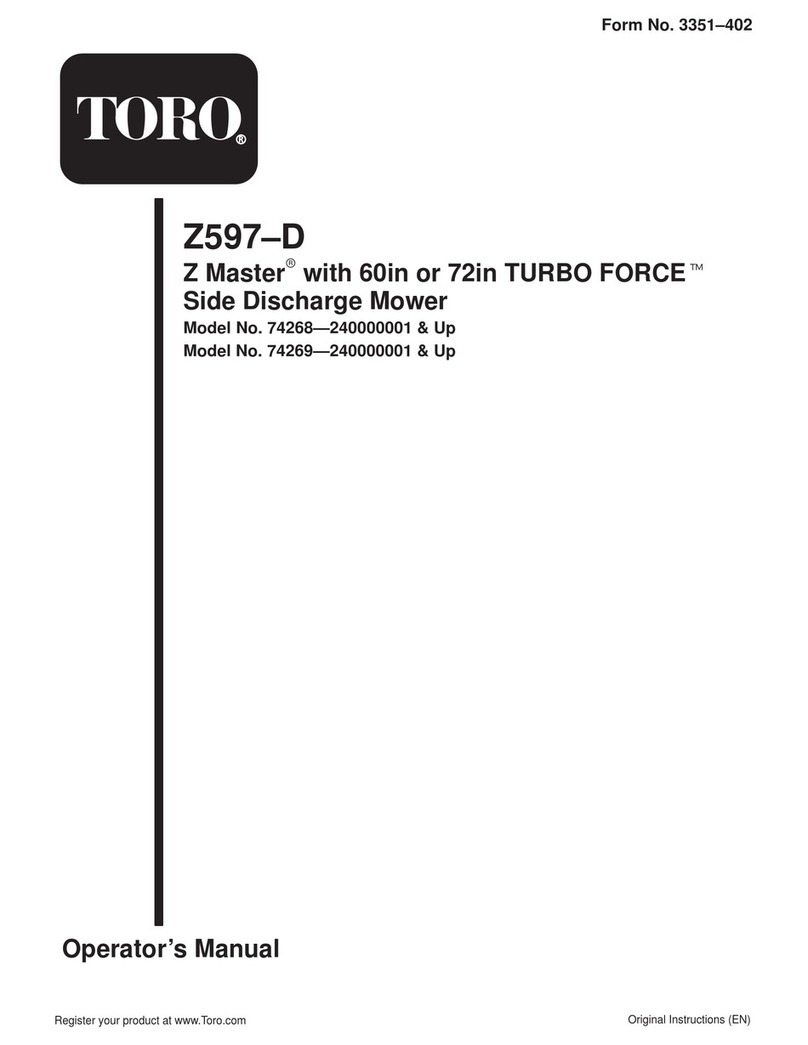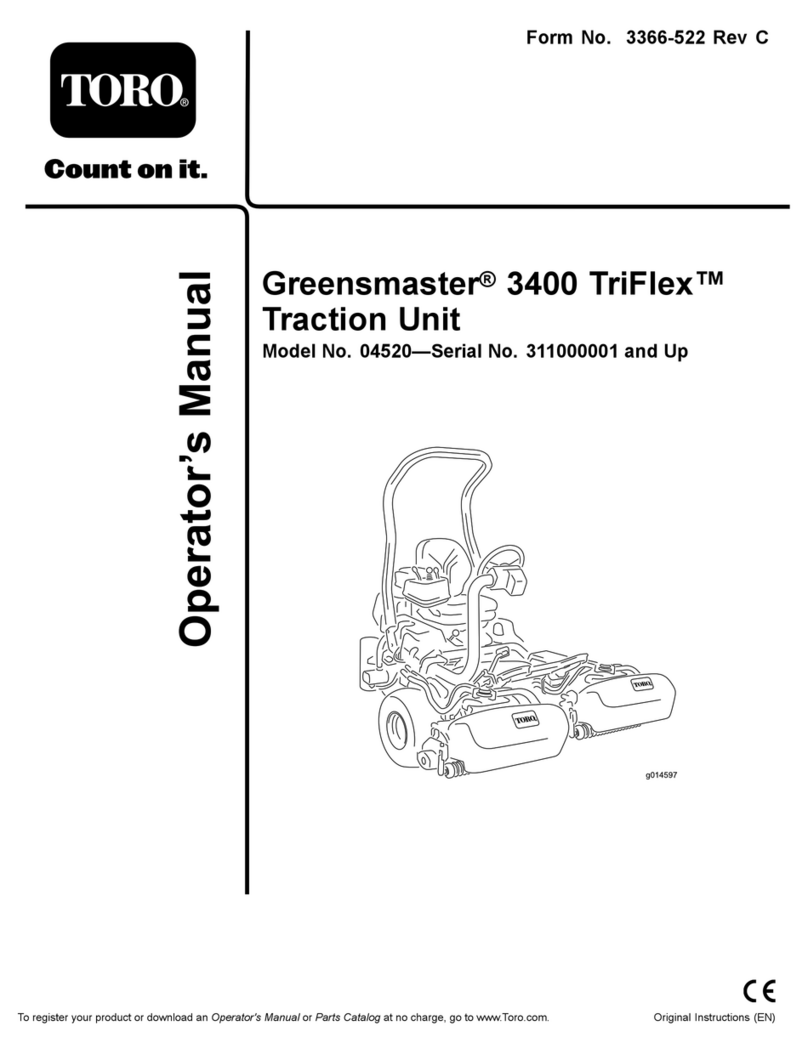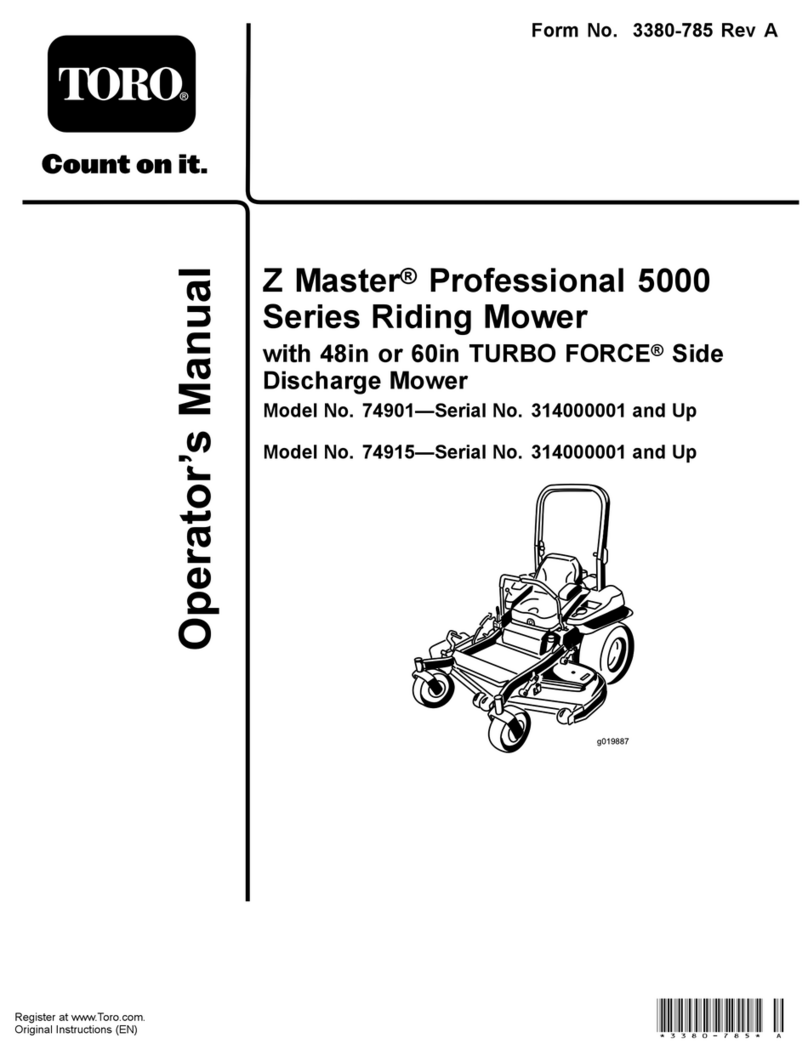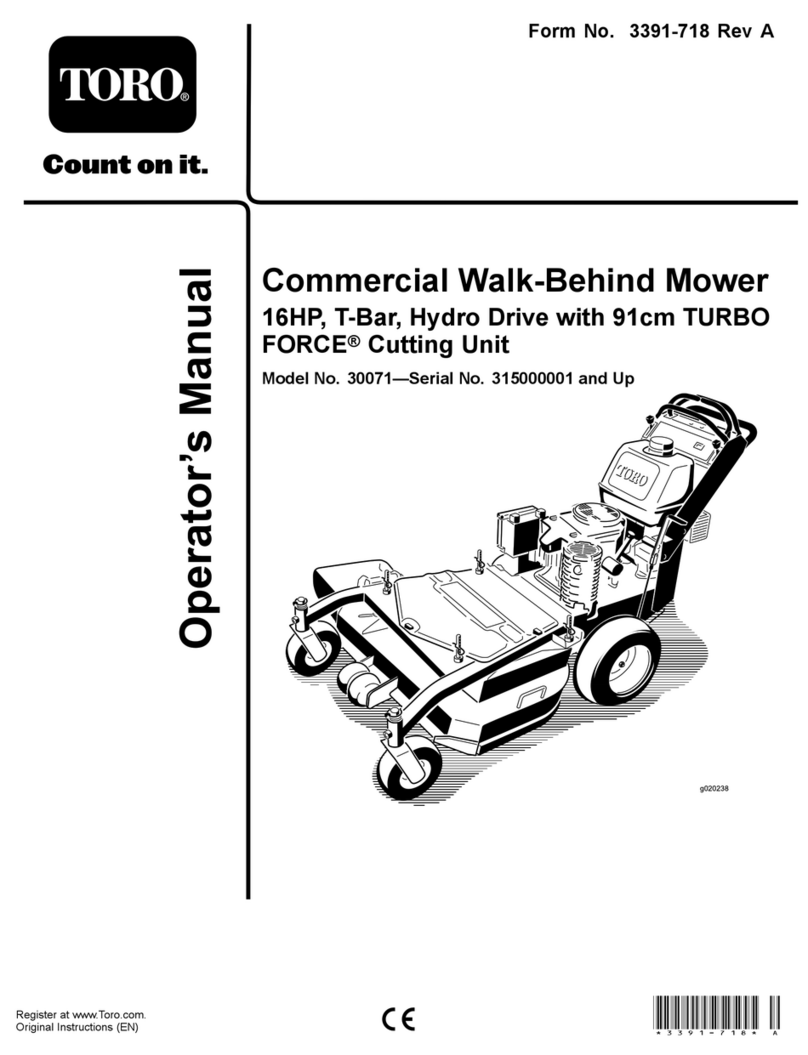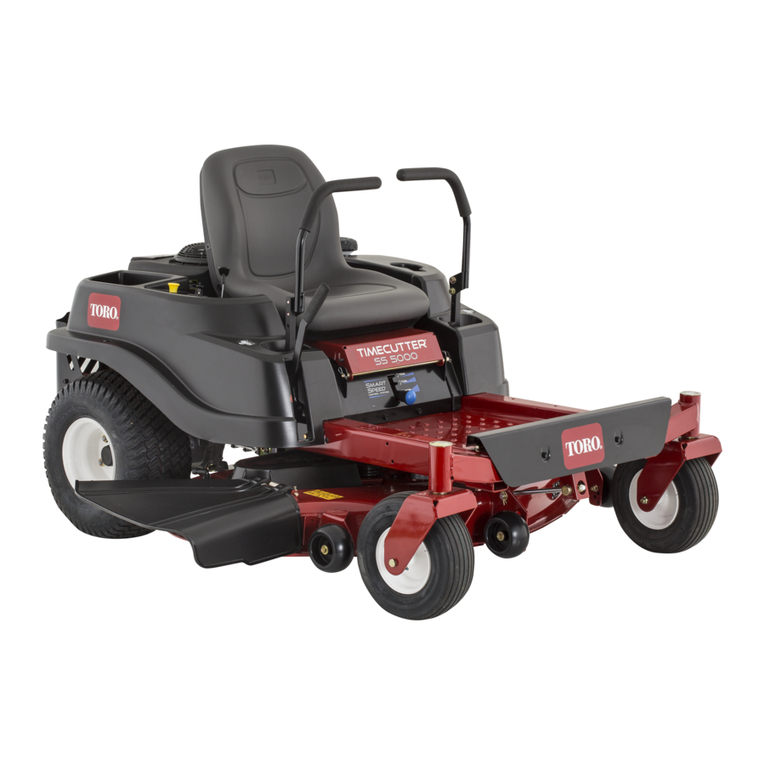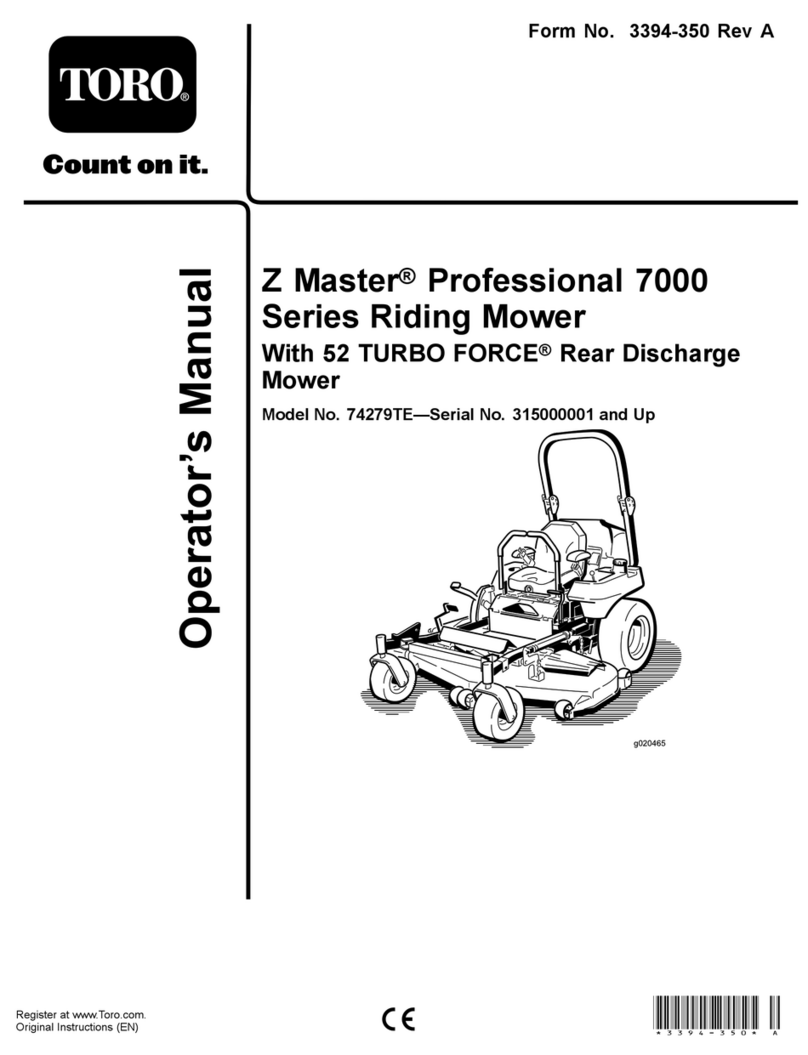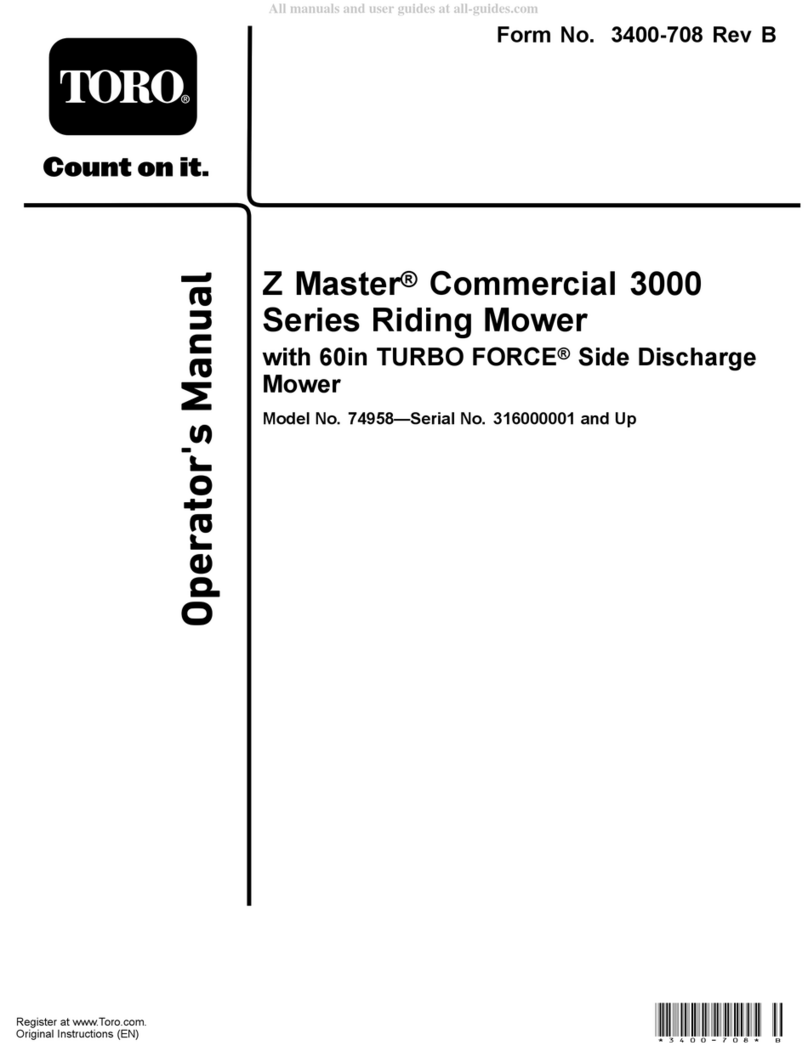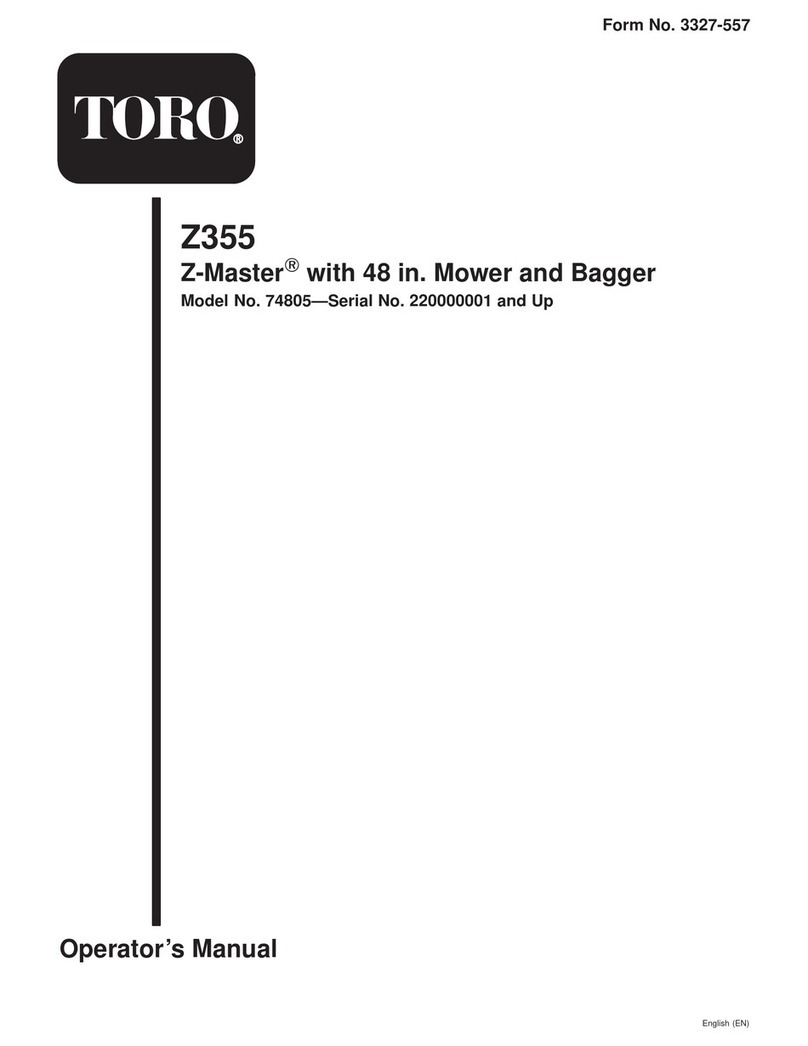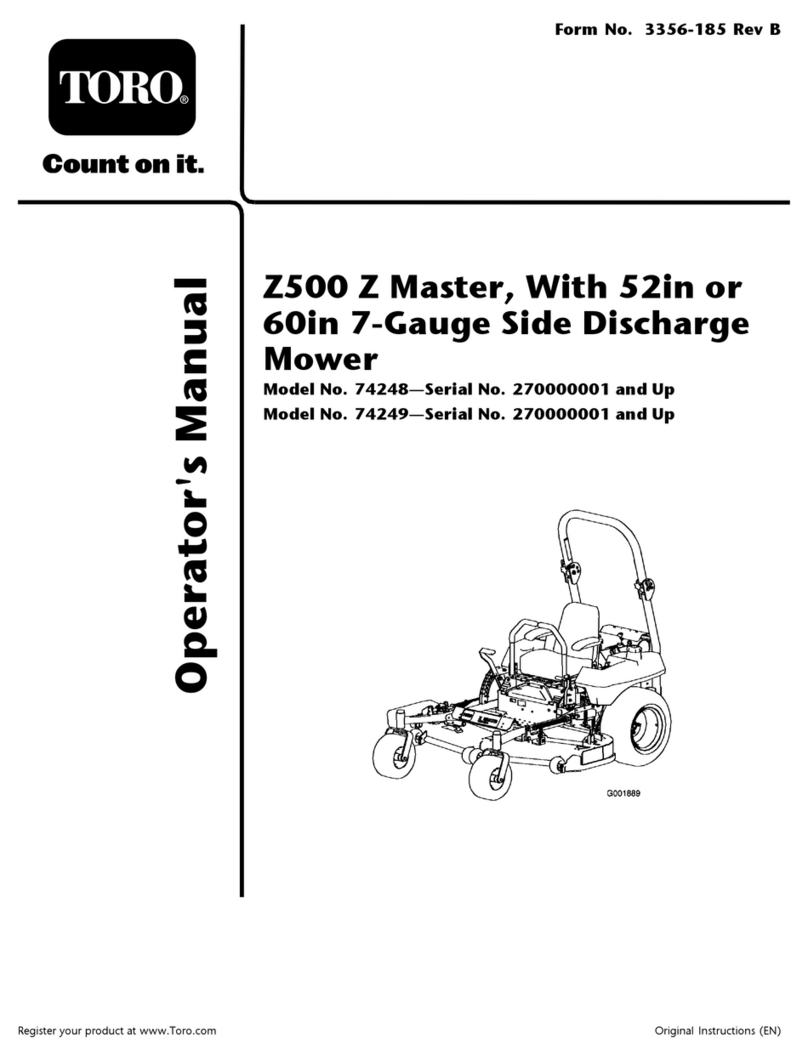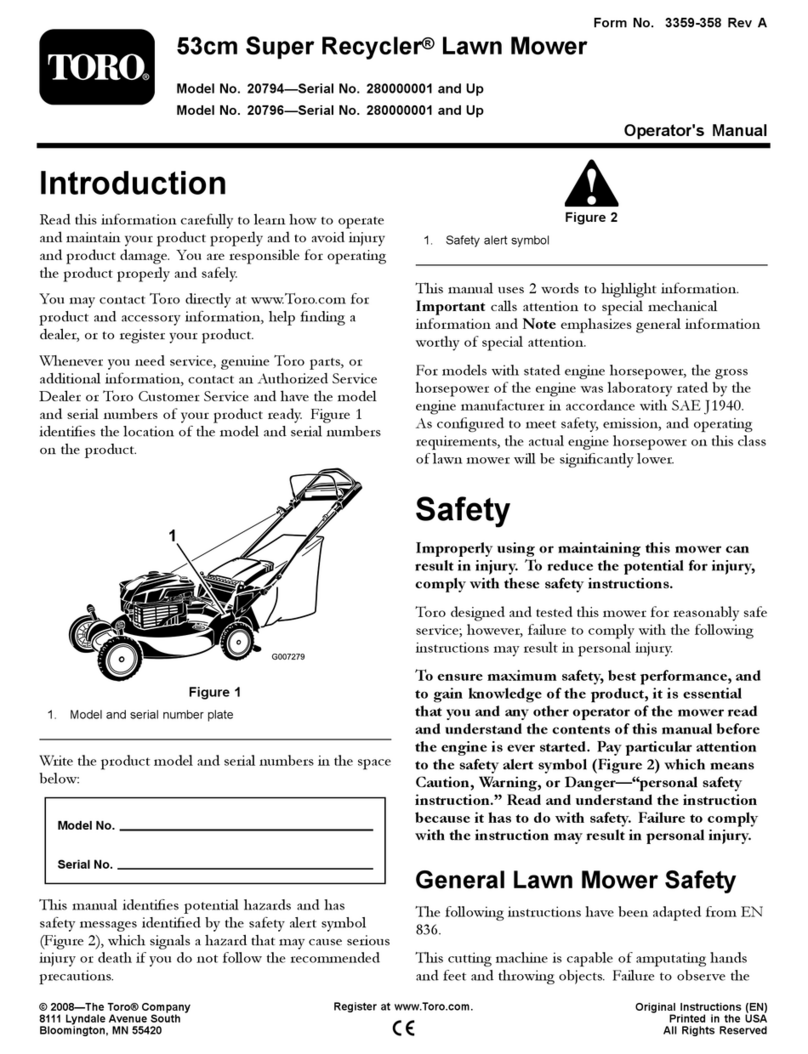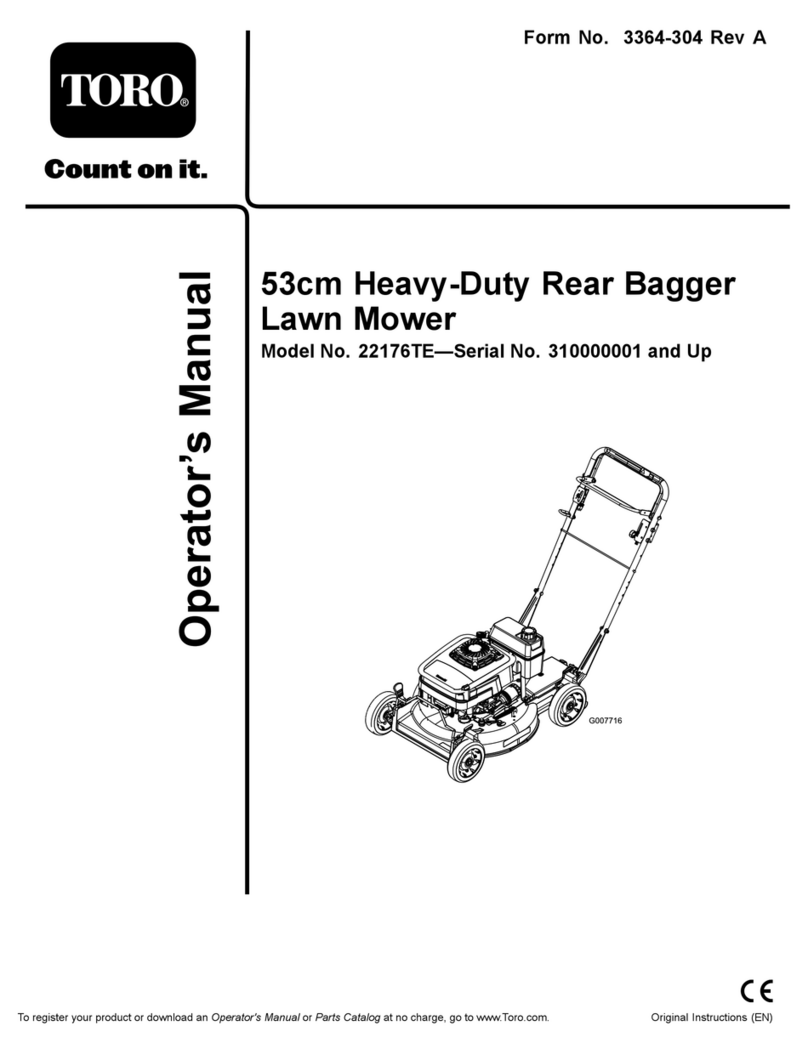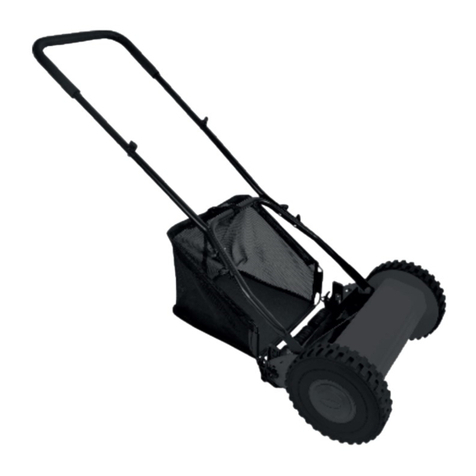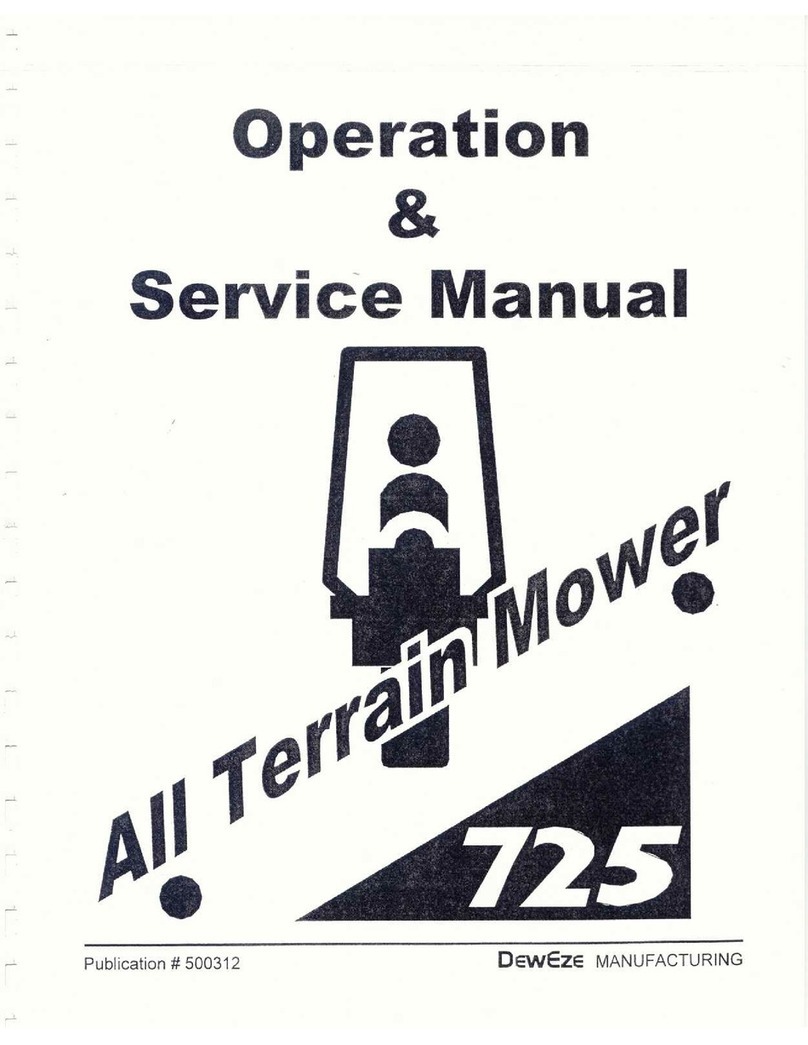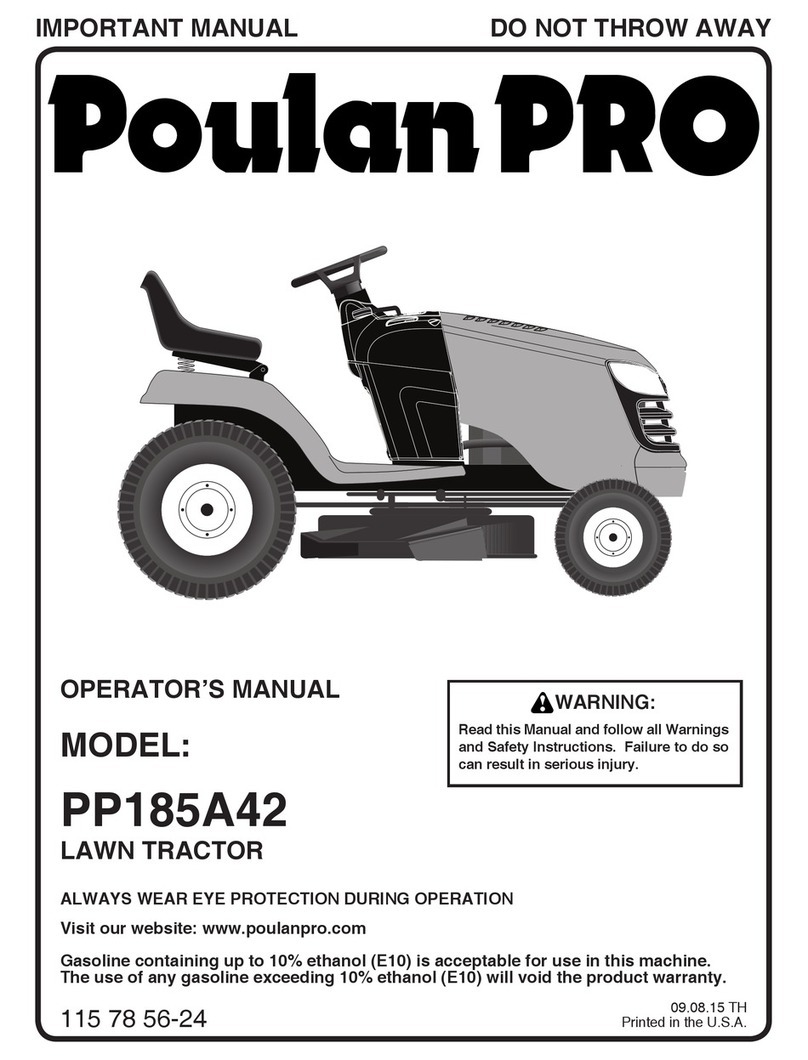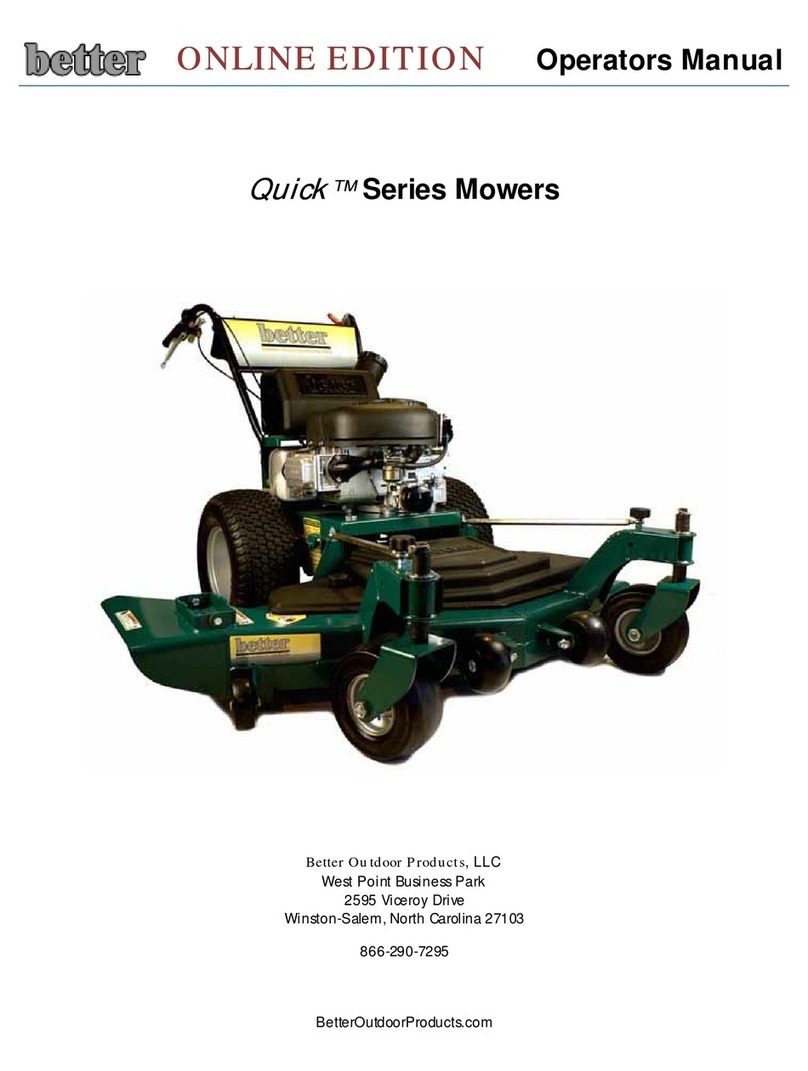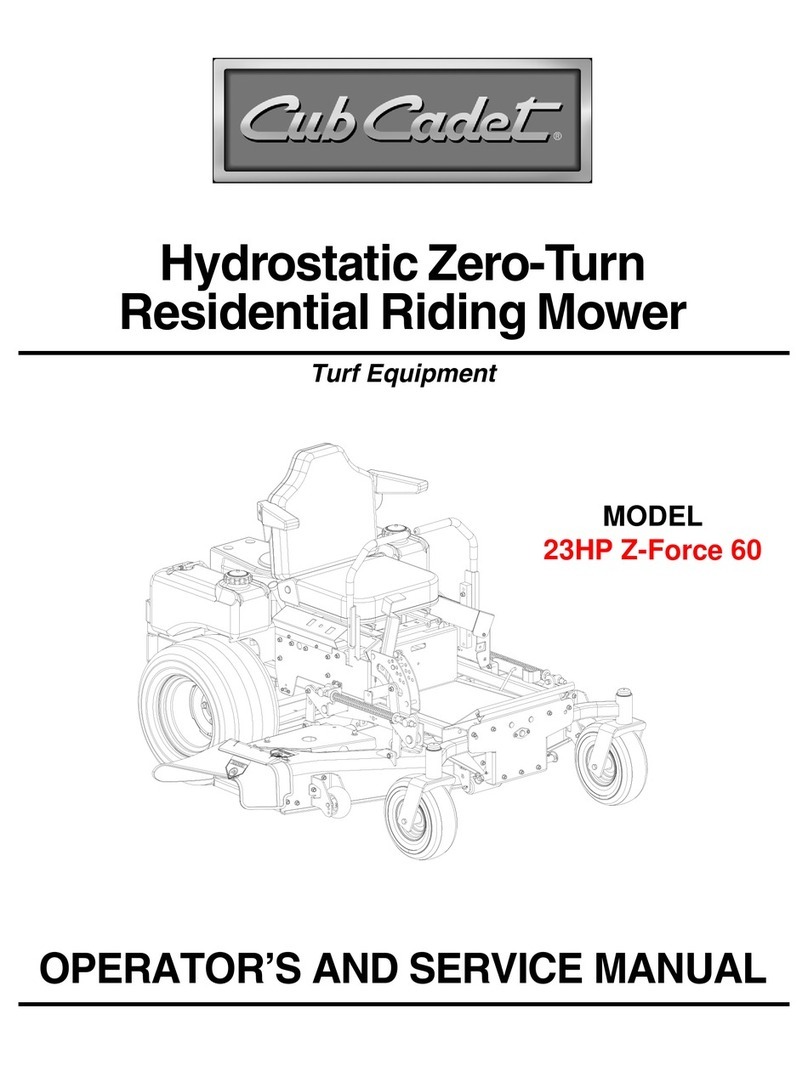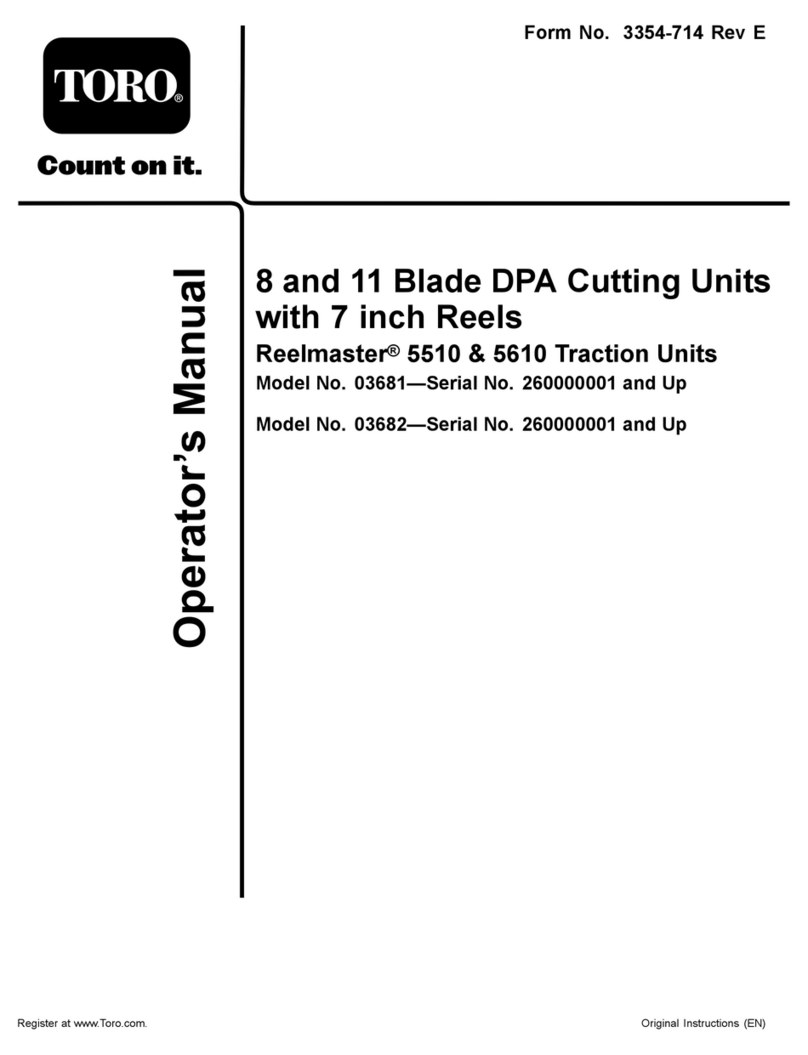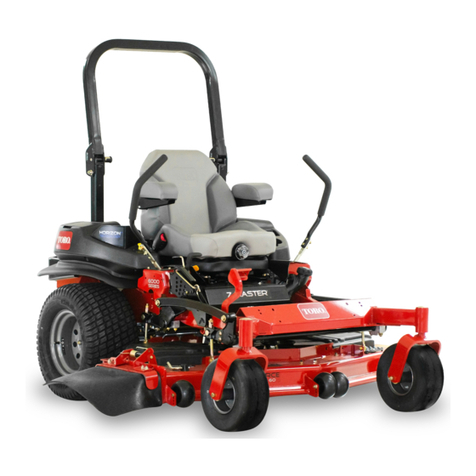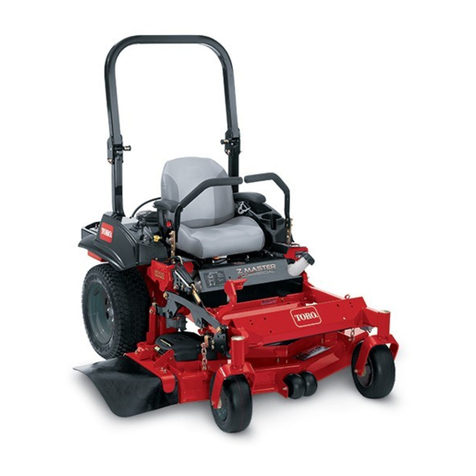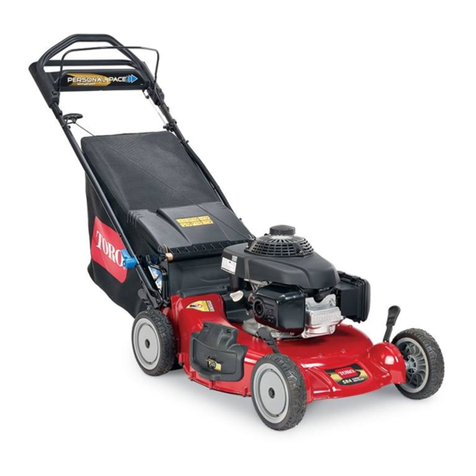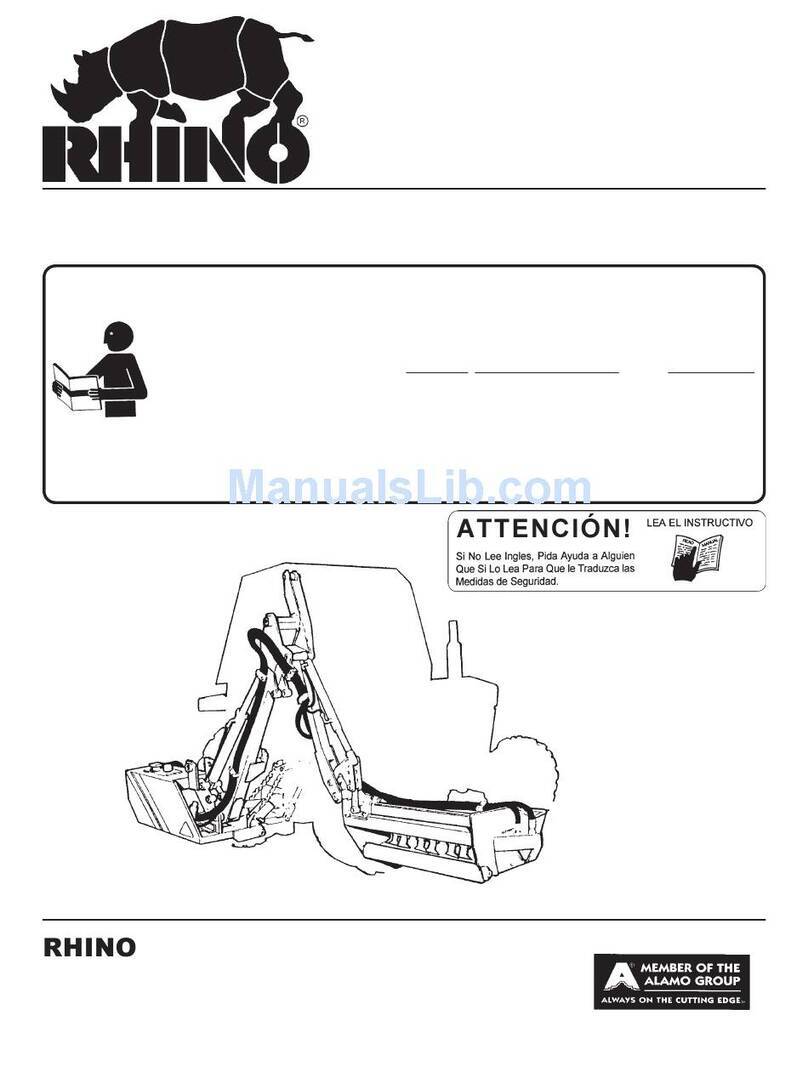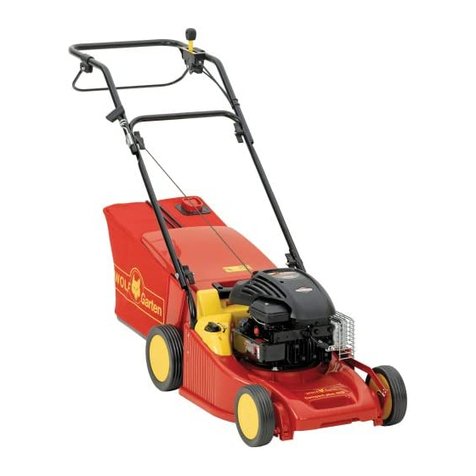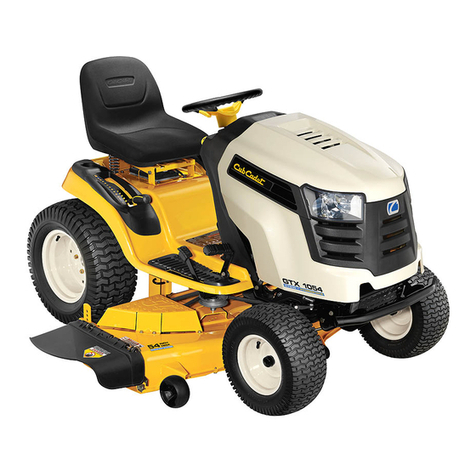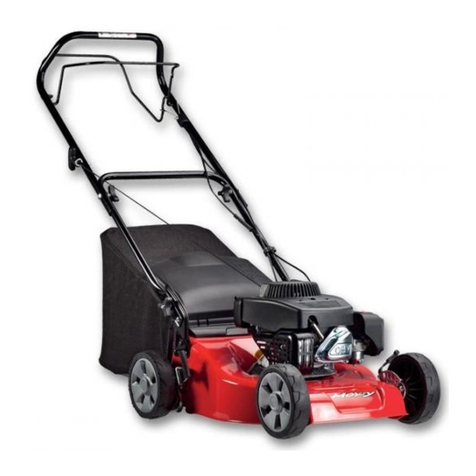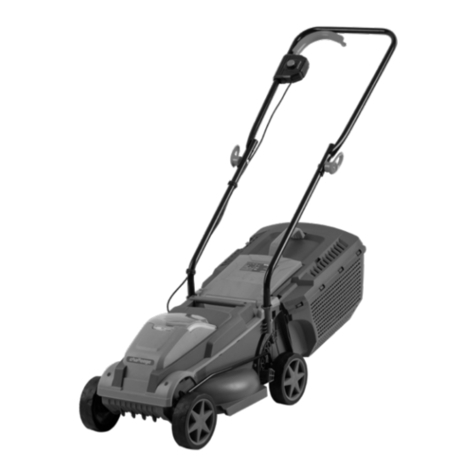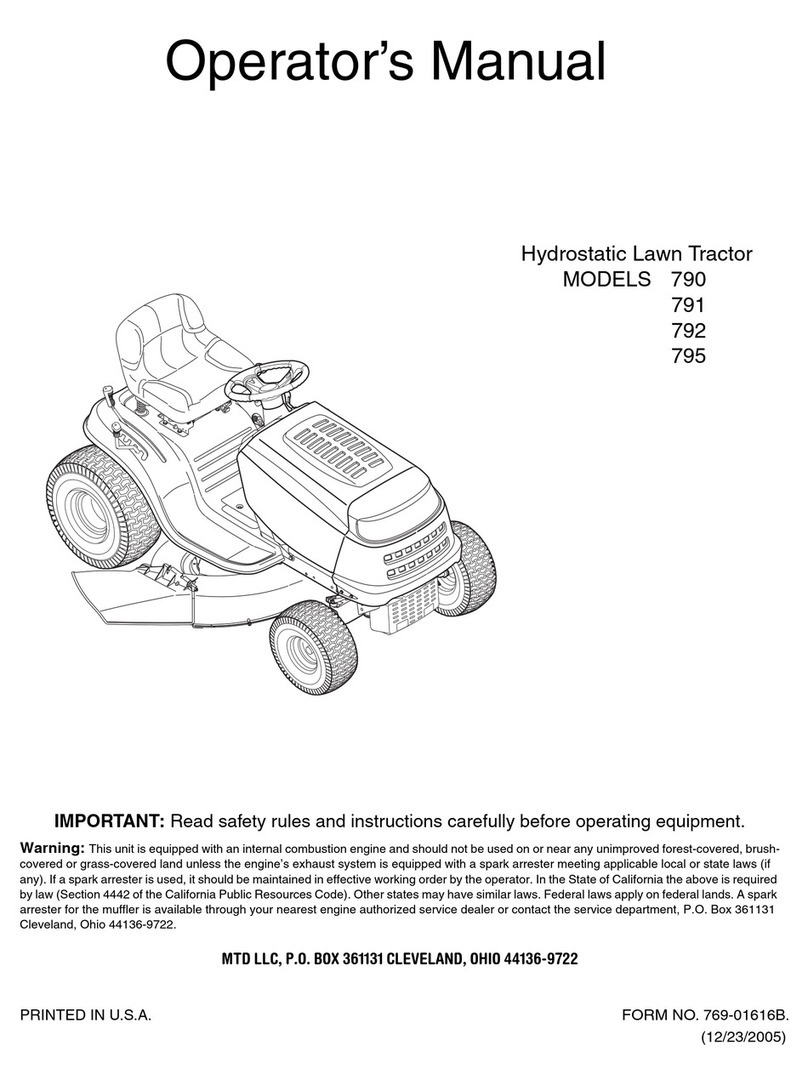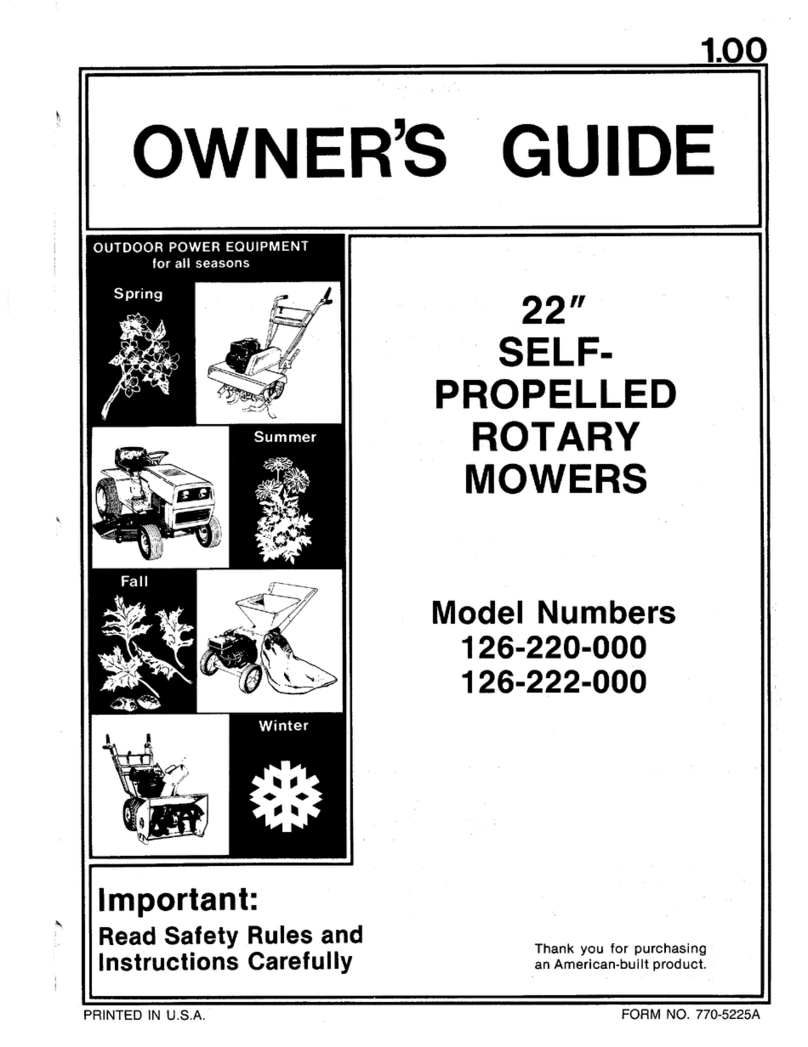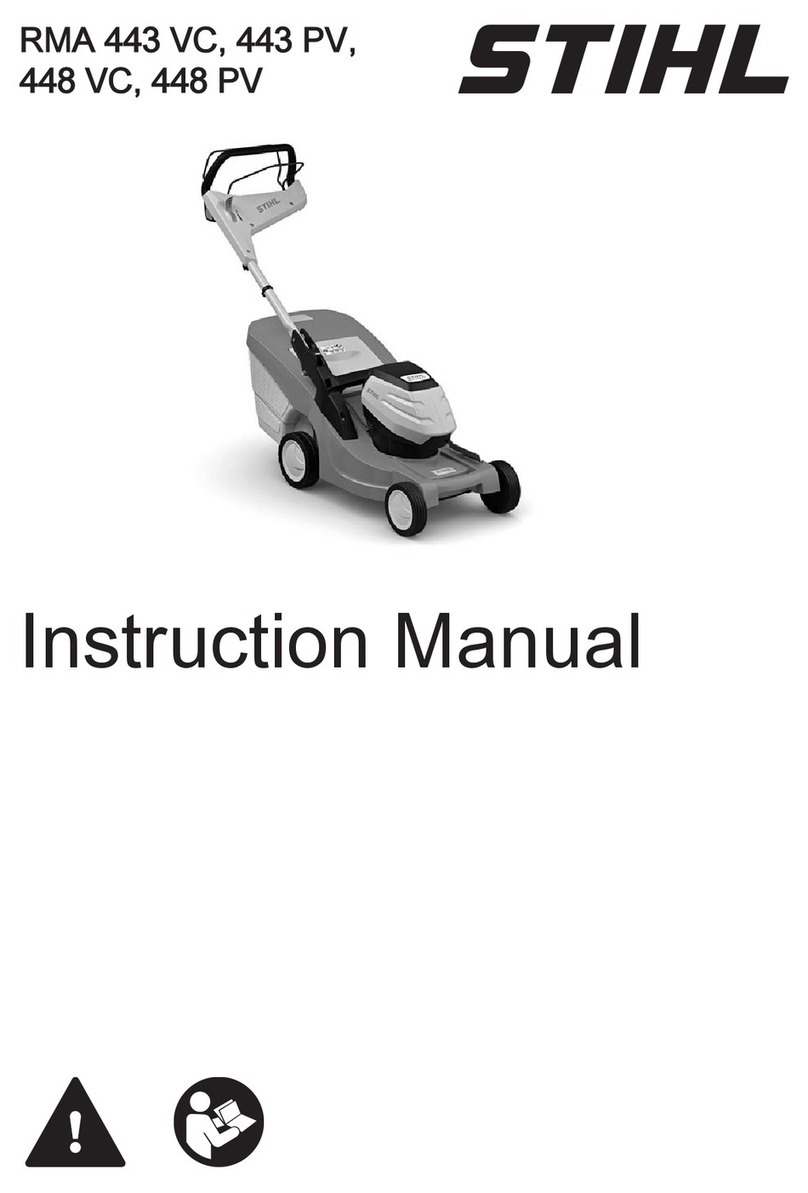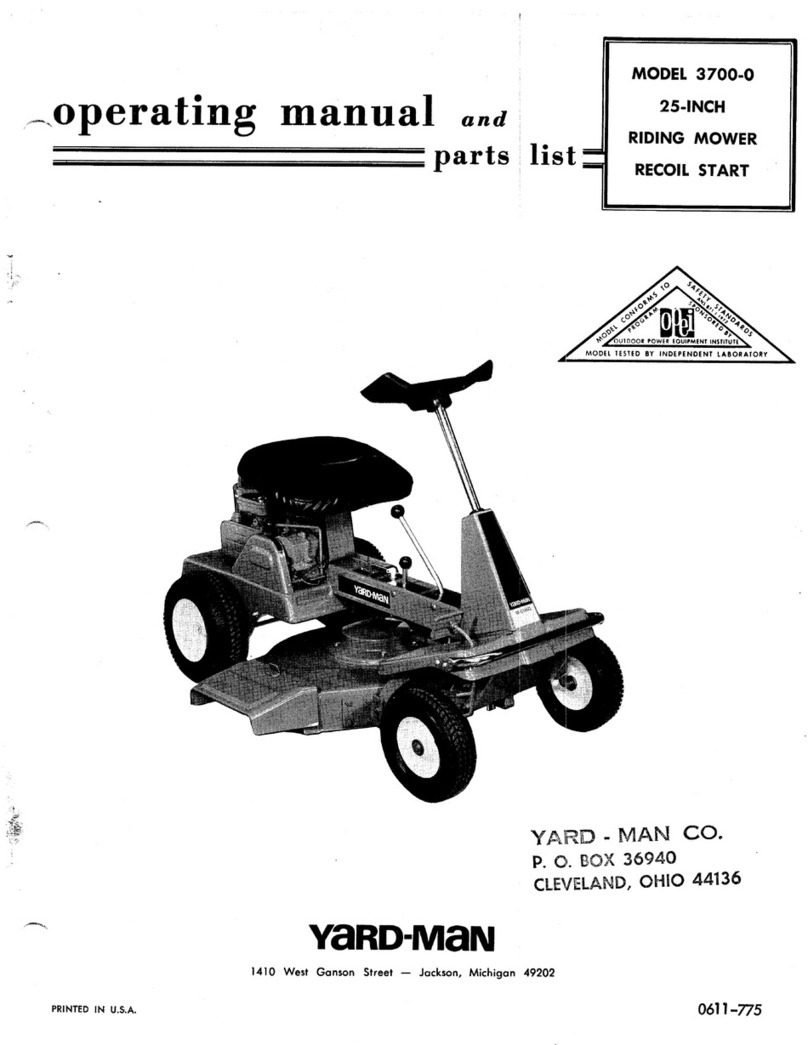
Cooling System Safety................................................................................................................ 2–5
Hydraulic System Safety............................................................................................................. 2–5
Blade Safety .................................................................................................................................. 2–6
Storage Safety .................................................................................................................................. 2–6
Safety and Instructional Decals .................................................................................................... 2–7
Chapter 3: Setup................................................................................................................................... 3–1
1 Preparing the Machine................................................................................................................. 3–1
2 Adjusting the Control-Arm Position........................................................................................... 3–1
3 Installing the Cutting Units .......................................................................................................... 3–2
Preparing the Machine ................................................................................................................ 3–2
Preparing the Cutting Units ........................................................................................................ 3–2
Positioning the Turf Compensating Spring and Installing the Hose Guide..................... 3–3
Installing the Hose Guide ........................................................................................................... 3–5
Positioning the Turf Compensating Spring............................................................................. 3–6
Installing the Kickstand ............................................................................................................... 3–8
Installing the Front Cutting Units to the Lift Arms.................................................................. 3–8
Installing the Rear Cutting Units to the Lift Arms .................................................................. 3–9
Installing the Rear Cutting Units to the Lift Arms .................................................................. 3–9
Locking the Cutting-Unit Pivot for Cutting Grass on a Hill Side....................................... 3–10
Installing the Cutting Unit Lift-Arm Chains............................................................................ 3–10
Installing the Reel Motors ......................................................................................................... 3–10
4 Using the Cutting-Unit Kickstand ............................................................................................ 3–12
5 Applying the Production Year Decal ....................................................................................... 3–12
Chapter 4: Product Overview ............................................................................................................ 4–1
Controls............................................................................................................................................... 4–1
Key Switch ..................................................................................................................................... 4–2
Lower Mow/Raise Control Lever............................................................................................... 4–2
Parking-Brake Switch .................................................................................................................. 4–2
Cruise-Control Switch.................................................................................................................. 4–3
Power-Takeoff (PTO) Switch ..................................................................................................... 4–3
Headlight Switch ........................................................................................................................... 4–4
Throttle-Control Lever ................................................................................................................. 4–4
InfoCenter Display........................................................................................................................ 4–4
Tilt-Steering Pedal........................................................................................................................ 4–5
Traction Pedal ............................................................................................................................... 4–5
Hydraulic-Filter-Restriction Indicator ....................................................................................... 4–6
Power Point.................................................................................................................................... 4–6
Seat Controls................................................................................................................................. 4–6
Backlap Levers.............................................................................................................................. 4–8
Specifications .................................................................................................................................... 4–8
Attachments/Accessories............................................................................................................... 4–8
Chapter 5: Operation ........................................................................................................................... 5–1
Before Operation .............................................................................................................................. 5–1
Performing Daily Maintenance.................................................................................................. 5–1
Fuel .................................................................................................................................................. 5–1
Checking the Interlock Switches............................................................................................... 5–3
Overview of the InfoCenter Display.......................................................................................... 5–5
During Operation ............................................................................................................................ 5–13
Overview of the Machine Operating Characteristics.......................................................... 5–13
Machine Operation..................................................................................................................... 5–13
Overview of the Traction Pedal ............................................................................................... 5–14
Overview of the Virtual Pedal Stop (VPS) Feature............................................................. 5–14
Cruise Control ............................................................................................................................. 5–15
Overview of the Acceleration Mode ....................................................................................... 5–16
3464-490 A Disclaimers and Regulatory Information:
